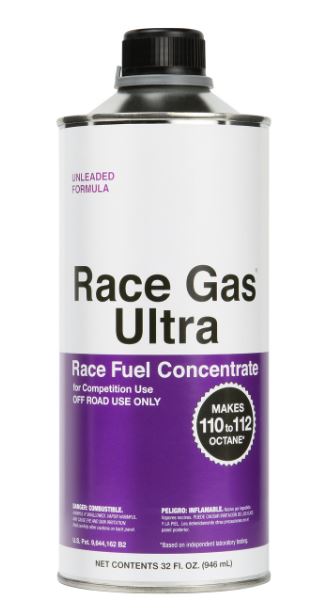

Whilst nobody expects these to disappear overnight, momentum is building to replace diesel engines through legislation. It currently accounts for circa 38% of global energy-related emissions many of which are produced by diesel-driven equipment. The Construction industry is another key target industry. ABB provides an immediate global footprint for large scale deployment of alkaline fuel cells in high power EV charging applications. These challenges suggest that once system utilisation starts to exceed a relatively modest level through the rapid growth in Electric Vehicles, the use of batteries as a mere buffer between grid and vehicle fall short of customer expectations. We think our technology can take the strain off the grid in powering the growing number of electric vehicles across the world we entered into a joint product development and commercialisation agreement with ABB in December to develop and launch a bespoke high power EV charging product for distribution through ABB’s market channels with this in mind.ĪBB, having deployed a sizable market share for its rapid DC charge points across more than 80 countries, is increasingly engaged with its customer base to address the lack of power available from grid connections as the charge rate of EV charging infrastructure increases. Our hydrogen power technology is capable of immediate deployment across a range of markets to replace diesel generators. What other industries do you think can benefit from this technology? We are allowing a minimum of 10 days at the event site, before the race weekend, to generate enough hydrogen, which will allow us to generate enough energy to charge the cars. How long does it take to produce the hydrogen fuel on-site? On each race weekend, you’ll see each Odyssey 21 draw power from a charger connected to the battery storage unit to buffer power in order to meet peak charging times between races. Our fuel cell will be operating at all times to continually feed power to the battery unit, thereby providing a reliable zero-emission, off-grid power supply at all five rounds. How will the cars be charged during a race weekend? This is a world-first in the off-grid powering of sporting events.
#Extreme race fuel series#
What was also clear at that point was the need to agree to a bespoke specification and design with them given the varying conditions and challenging logistics of the series – from the heat of the desert to the cold of Greenland, and to the high altitude of Tierra del Fuego! Our system, therefore provides zero-emission, off-grid power that can be deployed in a range of climatic conditions.Īs a twist for the Extreme E series, however, AFC Energy is also configuring an upstream fuelling element. At each race location, we will be creating the Hydrogen fuel on-site in the days leading up to the race, using a combination of electrolysis and renewable solar power such that not only is the fuel cell zero-emission, but so too is the manufacture of the Hydrogen fuel. We first started discussing a partnership with Extreme E back in January 2020 given their clear sustainability aims. The system, therefore, removes the need for diesel generators to power the cars, significantly reducing emissions whilst providing a global platform to showcase the charging technology. Why is this technology a perfect fit for Extreme E?Įxtreme E needed a zero-emission power system to charge their Odyssey 21 vehicles to tie with the purpose of the series and our H-Power fuel cell provided the perfect base technology to deliver it. For the race, our fuel cell will utilise the green hydrogen to generate clean power which will then be capable of being fed into each of their Odyssey 21 race vehicles via a battery storage unit to buffer power in order to meet peak charging times between races.
#Extreme race fuel portable#
In the days leading up to each race weekend, hydrogen will be generated from a combination of portable solar arrays powering electrolysers, which is then stored in low-pressure metal hydride cylinders ready for use over the weekend. In simple terms, the bespoke charging system that AFC Energy has developed for Extreme E is made up of four primary components: the fuel production, alkaline fuel cell, a battery storage unit and the charger itself. How does the AFC Energy hydrogen power fuel cell technology work?


 0 kommentar(er)
0 kommentar(er)
